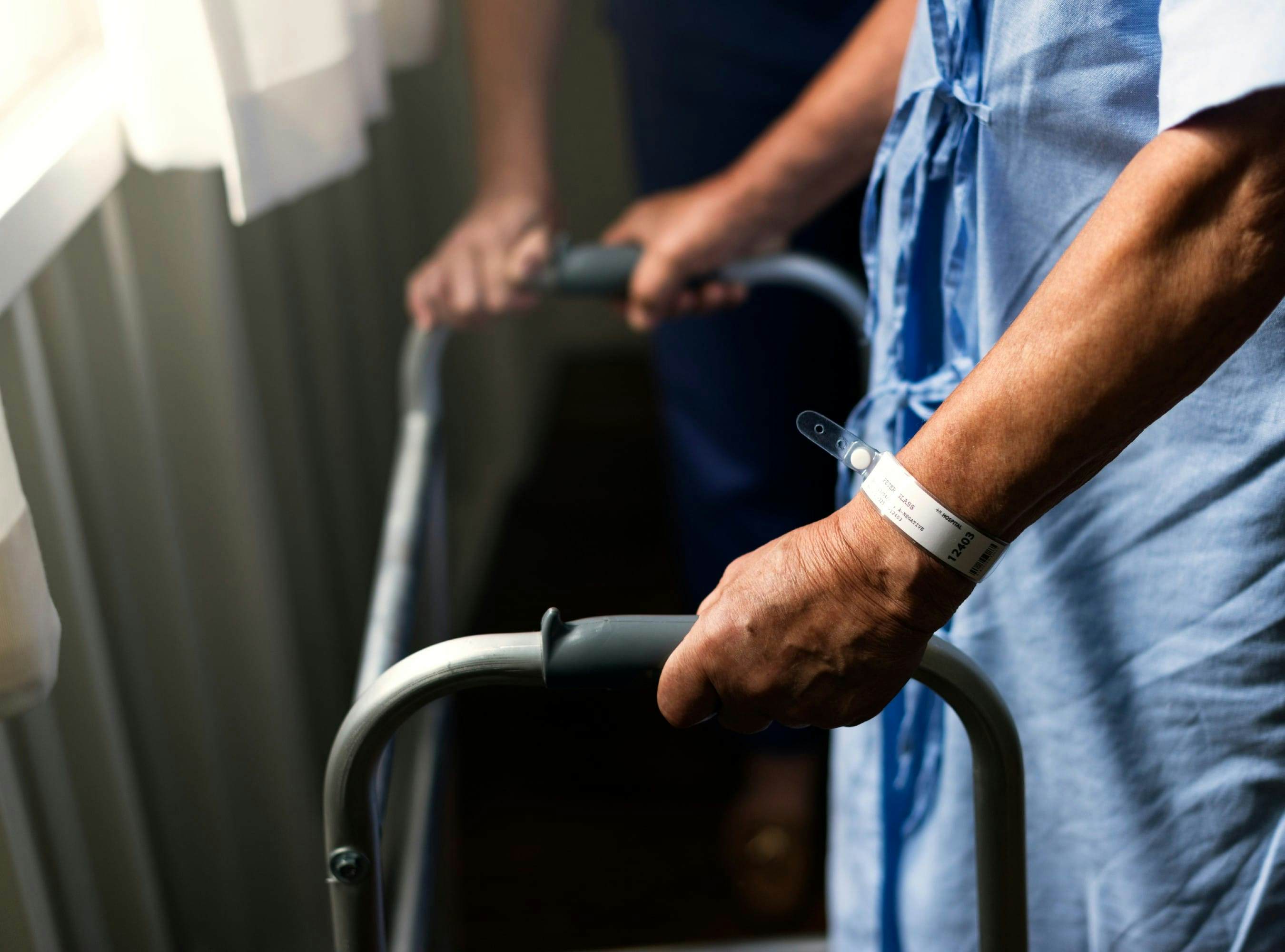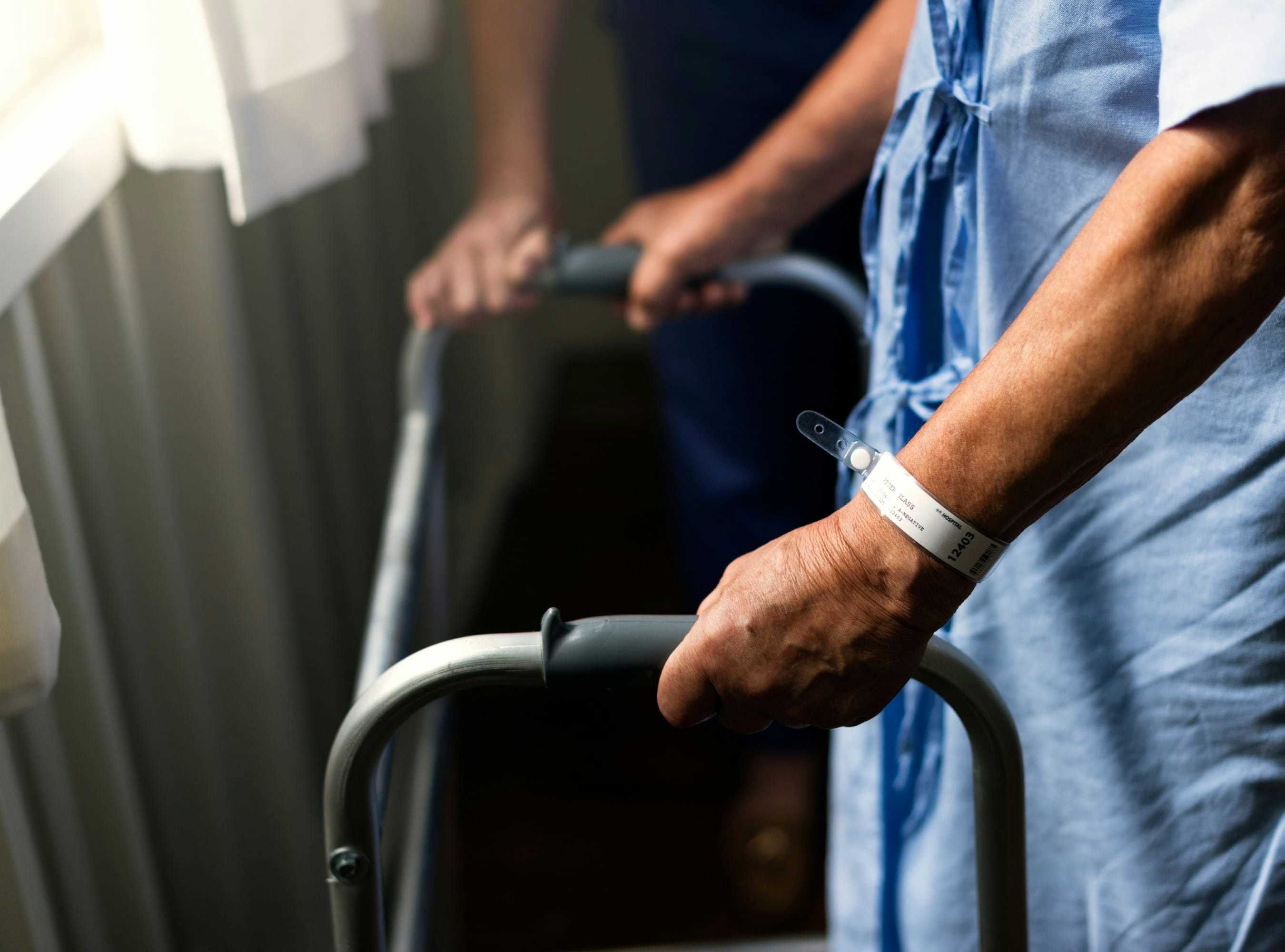The prevalence of falls among the elderly presents a major public health problem. According to The Joint Commission, a non-profit organization that accredits healthcare facilities and programs, falls resulting in serious injury are among the top 10 unanticipated events reported to its database, with about 63% resulting in death.
Any event such as a fall is examined through the lens of one’s profession. The legal perspective of an attorney differs from the healthcare perspective of a nurse. Perspectives tend to inform the questions asked in regards to a particular event. Therefore, it is important to know which questions to ask in order to determine what did or didn’t happen.
While all healthcare personnel is concerned with patient safety, nurses have particular responsibilities—to ensure the implementation of all interventions to ameliorate fall-risk, inform improvement efforts, and ultimately prevent falls. One of the ways that nurses accomplish this is to conduct what can be thought of as a post-mortem of the event: a post-fall huddle (PFH). The format of PFHs can serve as a guideline for attorneys to formulate the correct questions regarding the circumstances of a fall.
PFHs are immediate evaluations of the circumstances surrounding a fall. The PFH is recommended by The Joint Commission as a strategy to review fall and injury risk factors with the ultimate goal of prevention. While PFHs are confidential and therefore off the medical record, they provide a template to examine any unanticipated event in a healthcare setting.
Individuals involved in a PFH include the care team with knowledge of the patient/resident and event, and if possible, the individual and their family. The format of a PFH tends to follow a communication tool commonly known among healthcare personnel—Situation, Background, Assessment, Recommendation, or SBAR. Each section of the PFH provides further clarification of the event as well as the facility’s protocols, policies, and procedures.
The Situation – What Happened?
It is important to assemble all individuals who possess knowledge of the incident—including the patient/resident, if possible—within 30 minutes of the fall to gain the most systematic picture. First, the PFH members must establish a timeline of events, determining what time the incident occurred and witnesses, if any. The following questions must then be answered: did the fall occur during a shift change? Was there full staffing as per facility policy? If the shift was understaffed, how many staff were absent or unavailable, and why (on break, another emergency on the unit, etc.)?
After determining the staffing pattern, PFH members must establish the location of the fall—in the hallway, bathroom, room, nurse’s station, etc.—and examine the environment in which the fall occurred. First, they must identify whether a method of communication was available to the patient/resident to summon help—was a call light, a call bell, or any other method detailed by facility policy accessible and in reach? If the fall occurred in the patient/resident’s room, were commonly needed items also in reach—tissues, phone, food tray, trash bin, and any assistive devices such as a cane, walker, glasses, or hearing aids? Was there a clear, unobstructed path to the bathroom? If appropriate, were bed rails in place—if so, how many?
Identify any possible trip hazards in the area—tubes, cords, clothing, shoes, etc. If out of bed, was the individual wearing non-skid footwear? Was the floor slippery or freshly washed? If so, was proper signage in place? If appropriate, was the bed or wheelchair alarm in place and turned on? Was all the equipment functional? If the individual had been designated as at-risk for a fall, were all the hospital/facility fall prevention policies in place and followed?
The final step is determining what the patient/resident was doing at the time of the fall. If unwitnessed and if the patient/resident can’t communicate or recall the circumstances leading up to the fall, PFH members must look at the whole picture—was the patient/resident reaching for something? Trying to get to the bathroom? Attempting to transfer from a wheelchair, or leaning on something for support that gave way? It’s also important to determine the last person to see the individual, and what were they were doing at the time. Finally, it is important to ask the patient/resident if there was anything different from any other instance in which they performed this activity in the past.
The Background – What do We Know?
This section addresses the specific fall-risk factors, medication management, and medical/nursing assessments. Most facilities use the Morse Fall Scale, a standardized risk assessment tool, upon admission of a patient/resident. The Morse Fall Scale details common risk factors and predicts a patient/resident’s fall potential. Members of a PFH must detail the particular factors that may have increased fall-risk including impairment to any of the following—mobility, mentation, bowel and/or bladder patterns, communication, cognition, and vital signs.
Further considerations include age, prior fall history, administration of any medications known to affect balance or judgment prior to the fall (i.e. anti-seizure medication, tranquilizers, anti-anxiety, anti-depressants), and any change in medications over the prior two days. Any medical/nursing diagnosis must be taken into account, including dementia, mental illness, low blood pressure, low blood sugar, Parkinson’s Disease, Diabetes, withdrawal from alcohol or drugs, or any other significant condition that could impact the physical or mental ability of the patient/resident.
Any recent laboratory and diagnostic results (12 hours prior to fall) and nursing, physician, and any other healthcare professional notes should be attached to the PFH. The same fall-risk scale should be repeated post-fall and a comparison of pre- and post-fall scores reviewed and recorded in the medical record.
The Assessment – Was There Any Injury?
Post-fall but prior to the arrival of EMTs and treating physicians, a thorough nursing assessment will be performed to evaluate any potential injury. First, the nurse will check for any injury with the potential to be life-threatening, focusing on circulation, airway, and breathing. This is followed by an evaluation of any mobility injuries, neurological deficits, and pain. Vital signs (blood pressure, heart and respiratory rates, pain, and oxygen level) are taken and recorded. All elements of the assessment are documented in the medical record.
The Recommendations – What Did We Learn?
After examining the entire event, revisions to plans of care or even facility policy and procedures may be the next logical step. Were all facility policies and procedures followed and documented? Were they appropriate to the situation? For instance, some acute care hospitals include inpatient psychiatric units. Is the facility applying the same fall-risk policy to the entire hospital? Were preventive measures in place and documented; if not, why?
Implementation of any further interventions or care plan modifications should include prevention strategies based on the finding of the PFH or, at the very least, the nursing post-fall assessment. What were the post-fall physician orders, including diagnostic tests? Were they appropriate and implemented? What was the post-fall follow-up? Was it documented?
Finally, communication post-fall is key, including a hand-off report to the next shift and notification of the patient/resident’s family or legal guardian, their primary care or attending physician, and the facility administration. All communications should be documented in the medical record.
A post-fall huddle is an immediate evaluation of the circumstances preceding and occurring in the aftermath of a fall. The huddle is usually comprised of an interdisciplinary group of individuals caring for the patient/resident, that have knowledge of the event and includes the individual and their family, if possible. The actual huddle document is privileged and confidential, but all objective information is contained in the medical record. The huddle format provides an attorney with a guideline to develop relevant questions concerning the situation, background, assessment, and recommendations in regards to an unanticipated fall.




